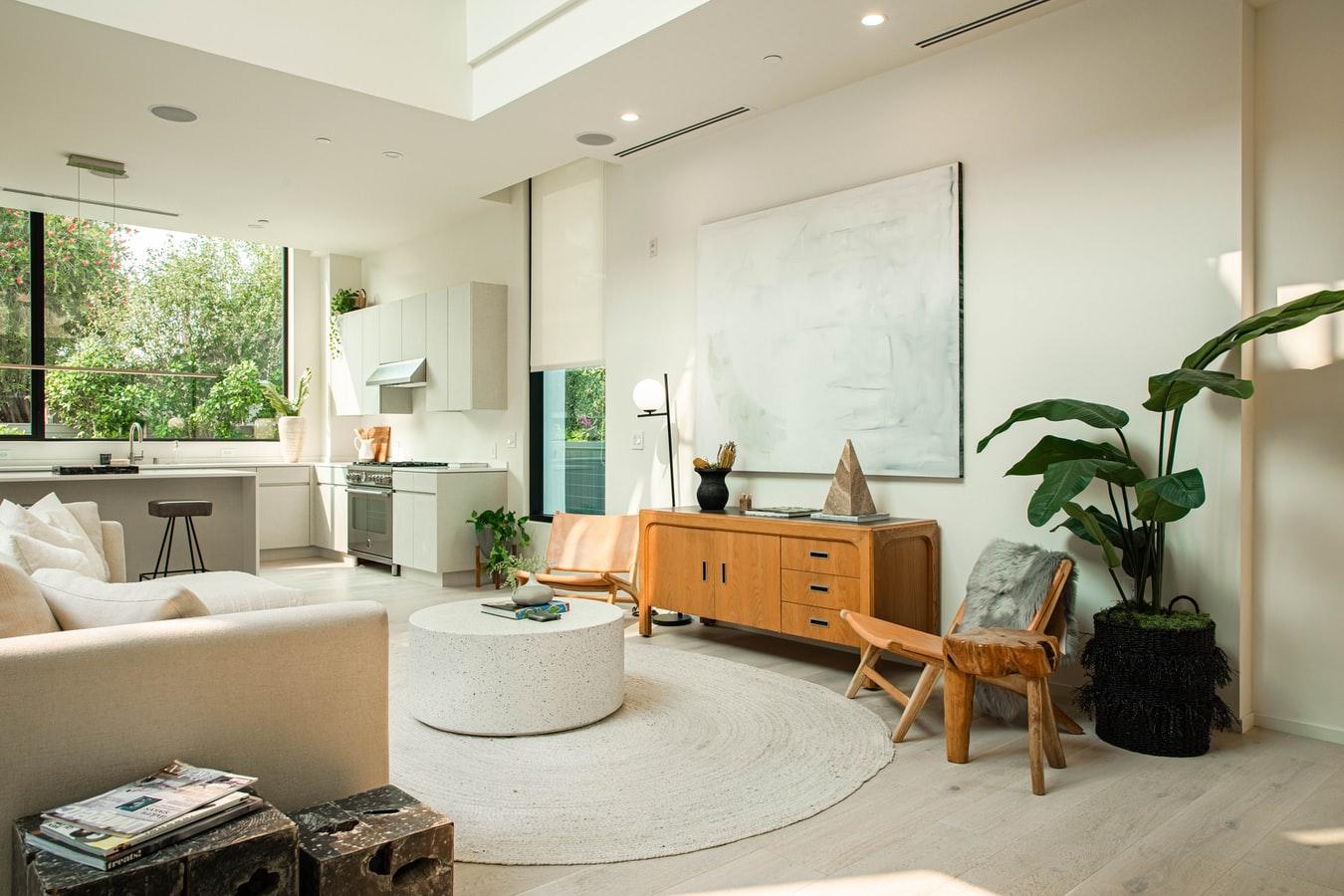When we think of Art Deco, we immediately think of F. Scott Fitzgerald‘s classic novel “The Great Gatsby.” We imagine gleaming metal finishes, lavish furniture and décor, and over-the-top artwork.
It’s no surprise that our thoughts turn to “The Great Gatsby,” which was published in 1922 during the Roaring Twenties. Art Deco was the most common architectural style at the time, and it remained popular well into the 1930s.
It was primarily used to categorize visual arts, architecture, and design, as well as fashion and furniture. It’s a style with a complicated meaning but distinct characteristics.
Furthermore, how can this pattern be incorporated into your home? To assist you, we’ve enlisted the assistance of seasoned interior designers and talented decorators.
What Exactly Is Art Deco?
There was a sense of hope and prosperity between the two World Wars, which was expressed in artistic expression. The Art Deco style was born, and it rapidly spread to home furnishings, thanks to advancements in technology and machinery.
The Art Deco style is deliberately eclectic. Art Deco, in contrast to a true eclectic design style, prefers embellished, opulent, and over-the-top features on purpose. It’s all about using statement pieces to elevate the quirky and luxurious.
Geometric shapes, bright colors, and smooth, polished metal are common characteristics. Shortly after World War II, this posh and sometimes chaotic decorative style was phased out in favor of modernism, a more realistic and functional style.
For those who remain enamored with the Art Deco theme, there are ways to integrate it into your home by strategic decorating and minimal home updates.
What Are Some Ways to Incorporate Art Deco Style into Your Home?
Adopting an Art Deco décor theme in a contemporary home can be challenging. After all, if styled incorrectly, the features of this trend may appear aged or out of place.
Since Art Deco has always been a mix of modern and traditional, drawing from a variety of styles, there’s no reason why small details can’t be added for a touch of glitz and elegance.
Start small by incorporating Art Deco elements into strategic areas of your home, such as painting a room dark or adding a large, decorative mirror to your bedroom.
Simple changes, such as changing your bathroom tile to a geometric pattern or replacing your stairway railing with sleek aluminum, are also recommended. The best way to start organizing is to do as much preparation as possible.
Let’s see how you can incorporate these subtle changes into your home decor to achieve an Art Deco look.
Dramatic Walls
Art Deco style is all about suspense, and nothing makes a bigger statement than dark interior paint. It’s also a designer trick for making your room appear larger.
To make a strong statement, use colors like navy, dark green, or black. Dark, rich wall colors can support even small rooms. Try patterned wallpaper in a large-scale print if you’re feeling extra brave.
Adding decorative gold accent pieces to your walls and other specifics of the space, whether you go for a whole new paint job or a project that requires less effort, such as removable wallpaper, will bring out the color of the walls. We’ll go over that in more detail later.
Metals that have been polished
The sudden availability of metallic decorative parts in home décor was a signature feature of the 1920s. It’s no wonder, then, that this polished appearance found its way into Art Deco design.
Designers at the time were ecstatic to have access to mass-produced metallics, which explains why we see so many reflective materials in their work.
Begin by adorning your walls with a big statement mirror and decorative gold light fixtures. To tie the room together, replace your light switch covers, register covers, and outlets with ornate metallic bits, or simply install a large floor lamp.
Checkered Carpeting
The Art Deco style included boldly patterned flooring in areas such as the kitchen and bathroom, similar to the boldly colored paint. The dramatic contrast between the white and black checkered tile made a point, so black and white tiles were particularly common.
There are still ways to integrate this look into your home if you aren’t planning on replacing your flooring anytime soon. Consider using checkered tile for your kitchen backsplash or subway tile for the interior of your bathroom.
Fabrics of the highest quality
To offer the impression of wealth and class, an Art Deco designer will use luxurious fabrics and materials to enhance the look and feel of home décor. It was a way to bring both elegance and comfort into the house.
You can get this look in a more affordable and open way these days. Use velvet in your furniture and curtains to add a touch of luxury. Add faux fur pillows and throws to your couches and accent chairs to bring out your wild side.
Furniture with an Edge
It may seem forced and out of place to fill a modern, industrial space with 20th-century décor, but the trick to integrating Art Deco furniture into your home is to take your time and start tiny. Replace a few bits at a time and seek inspiration from artists.
In 1920s America, the furniture found in most Art Deco homes would have been considered normal. It might seem quirky and over the top today, with minimalism and mid-century modern décor on the rise. There are, however, subtle ways to incorporate it into your home.
To begin, use small details like an ornate headboard in your master bedroom or a decorative coffee table in your living room to incorporate the design. When done correctly, it can blend in seamlessly with the rest of your room’s decor. Don’t overlook the finer points! To make a point, consider adding an animal print area rug.
Designers had access to a wide range of exotic printed fabrics during the Art Deco era, so animal print rugs and other unusual patterns were commonplace.















